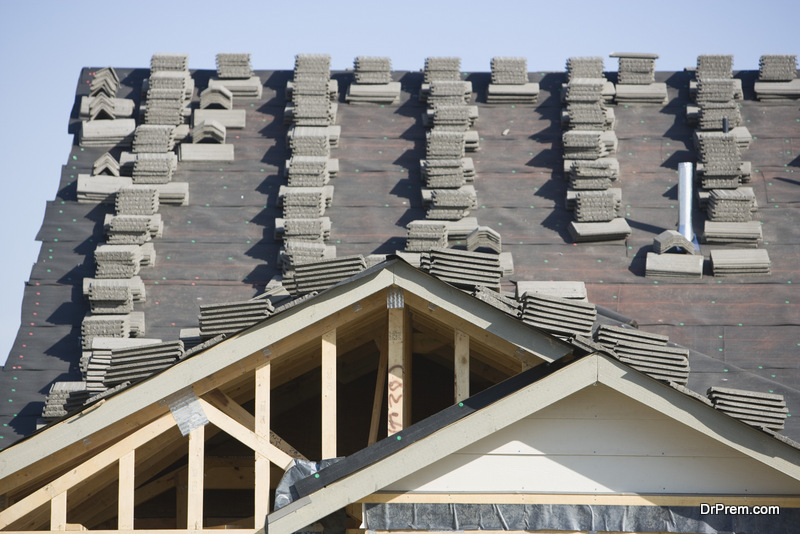Sustainable energy is a growing concern among architecture professionals, but while many are still stuck on the challenges – and potential – of solar, countless alternatives are making their mark on the landscape. In particular, growing use of AI and design modifications that encourage passing heating and cooling are growing in popularity. These changes are efficiently cutting heating and cooling costs and minimizing waste, putting sustainable living within everyone’s reach.
The Power Of Passive Solar
Passive solar is one of the original approaches to sustainable heating and cooling, using natural strategies to absorb and release heat. This includes using water walls, bricks, and other materials to store radiant heat, and paying attention to key directional elements to ensure all-day comfort. Passive solar also make strategic use of windows and shade and emphasizes the heat absorption capacity of different materials. All of these practices work together to make the home naturally cooler or warmer without mechanical interventions.
One passive project, HouseZero, developed by the Harvard Center for Green Buildings and Cities, uses almost no energy for heating and cooling, and it promises to provide a model for other sustainable dwellings. The biggest challenge to bringing more passive solar homes to market, however, is that they’re nearly impossible to retrofit. They’re not hard to build, but you can’t readily turn a conventional home into one that’s powered by passive solar without rebuilding it from the ground up.
Be Wise With Windows
Even without any kind of technical modifications, windows are a powerful tool for managing structural heating and cooling. For example, during the summer you should be opening the windows early in the day when temperatures are lower to help keep your home cooler all day. At the same time, installing sun screens, especially on large windows, can keep your home cool by blocking radiant heat during peak hours. It’s much like installing blackout curtains inside your home – a simple means of insulation.
Benefit From Breezes
Just as you can manipulate lighting to regulate a building’s temperature, architects are becoming more skilled at manipulating natural air flow to make structures more comfortable. This building in Indonesia looks ordinary with its brick façade and bright rooms, but on closer examination, the building features many open areas that allow breezes to blow right through the rooms. It also uses features like a fish pond in the garden to create cooler microclimates throughout the structure, without mechanically cooling the space.
AI’s Entry Into Energy Management
Finally, and comparatively much more advanced than most of these other methods, are those homes using AI to manage energy use. Such systems vary widely, including everything from smart thermostats to homes equipped with sensors in every room. And even these smart thermostats have come a long way. The Ecobee system uses a variety of sensors, including those for heat, humidity, and occupancy to pre-adapt the home and meet the resident’s heating and cooling needs. These sensors can cut heating and cooling costs extensively since it minimizes energy consumption when the home is empty.
Solar power is a great tool for making homes more sustainable, but we shouldn’t act as though it’s the only way to green the heating and cooling process. From the most basic, low-tech approach to ones that puts digital strategies first, there are great alternatives out there. You can have a comfortable home that doesn’t suck up energy – and it starts with smart structural planning.
Article Submitted By Community Writer




